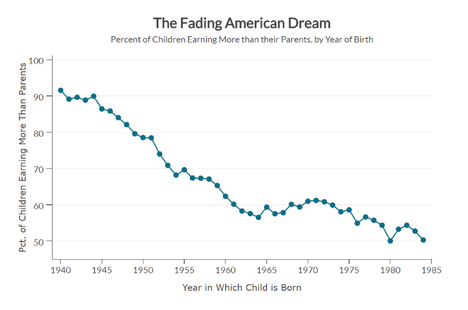(p. A11) Mr. Cogan has just written a riveting, massive book, “The High Cost of Good Intentions,” on the history of entitlements in the U.S., and he describes how in 1972 the Senate “attached an across-the-board, permanent increase of 20% in Social Security benefits to a must-pass bill” on the debt ceiling. President Nixon grumbled loudly but signed it into law. In October, a month before his re-election, “Nixon reversed course and availed himself of an opportunity to take credit for the increase,” Mr. Cogan says. “When checks went out to some 28 million recipients, they were accompanied by a letter that said that the increase was ‘signed into law by President Richard Nixon.’ ”
The Nixon episode shows, says Mr. Cogan, that entitlements have been the main cause of America’s rising national debt since the early 1970s. Mr. Trump’s pact with the Democrats is part of a pattern: “The debt ceiling has to be raised this year because elected representatives have again failed to take action to control entitlement spending.”
. . .
Mr. Cogan conceived the book about four years ago when, as part of his research into 19th-century spending patterns, he “saw this remarkable phenomenon of the growth in Civil War pensions. By the 1890s, 30 years after it had ended, pensions from the war accounted for 40% of all federal government spending.” About a million people were getting Civil War pensions, he found, compared with 8,000 in 1873, eight years after the war. Mr. Cogan wondered what caused that “extraordinary growth” and whether it was unique.
When he went back to the stacks to look at pensions from the Revolutionary War, he saw “exactly the same pattern.” It dawned on him, he says, that this matched “the evolutionary pattern of modern entitlements, such as Social Security, Medicare, Medicaid, food stamps.”
. . .
Who would feature in an Entitlement Reform Hall of Fame? Mr. Cogan’s blue eyes shine contentedly at this question, as he utters the two words he seems to love most: Grover Cleveland. “He was the very first president to take on an entitlement. He objected to the large Civil War program and thought it needed to be reformed.” Cleveland was largely unsuccessful, but was a “remarkably courageous president.” In his time, Congress had started passing private relief bills, giving out individual pensions “on a grand scale. They’d take 100 or 200 of these bills on a Friday afternoon and pass them with a single vote. Incredibly, 55% of all bills introduced in the Senate in its 1885 to 1887 session were such private pension bills.”.
For the full interview, see:
Tunku Varadarajan. “THE WEEKEND INTERVIEW with John F. Cogan; Why Entitlements Keep Growing, and Growing, and . . ..” The Wall Street Journal (Tues., Sept. 9, 2017): A11.
(Note: ellipsis in title, in original; other ellipses added.)
(Note: the online version of the interview has the date Sept. 8, 2017, and has the title “THE WEEKEND INTERVIEW; Why Entitlements Keep Growing, and Growing, and . . ..”.)
The Cogan book, mentioned above, is:
Cogan, John F. The High Cost of Good Intentions: A History of U.S. Federal Entitlement Programs. Stanford, CA: Stanford University Press, 2017.

